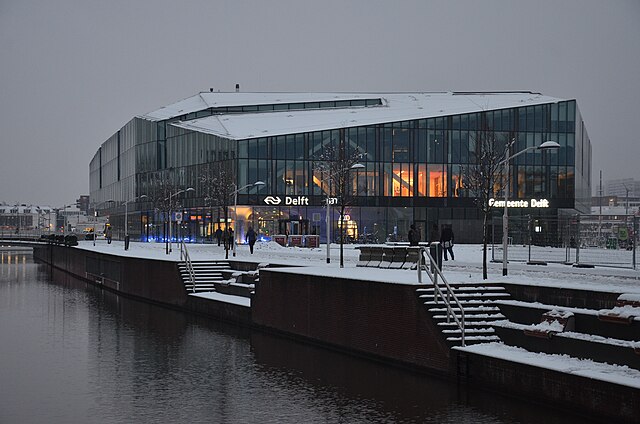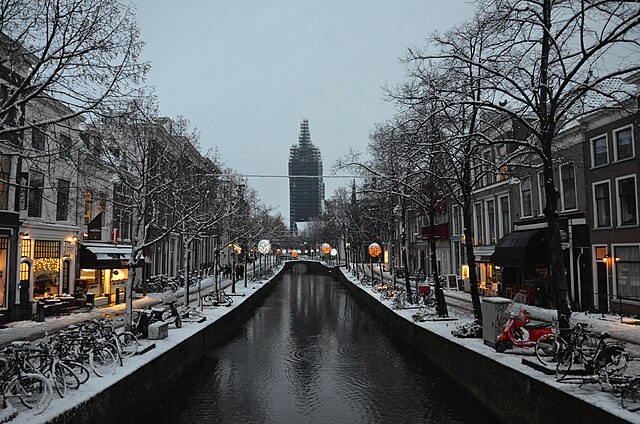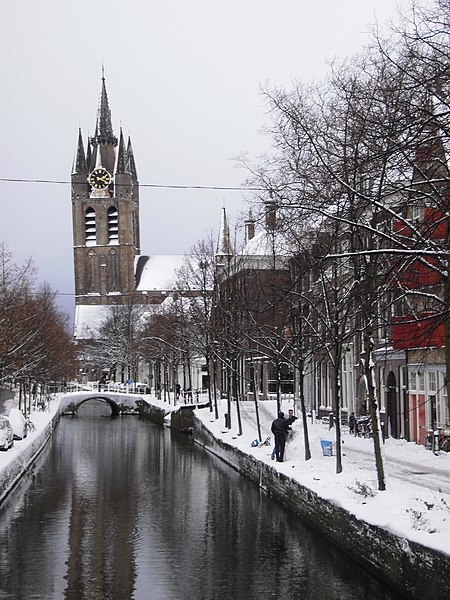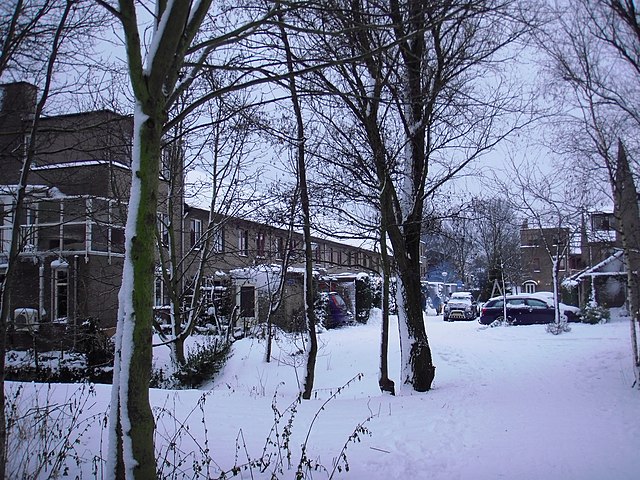
The Thammasat University Library has acquired a new book that should be useful for students interested in urban studies, architecture, planning, business, economics, transportation, technology, sociology, ecology, and related subjects.
Curbing Traffic: The Human Case for Fewer Cars in Our Lives is by Melissa and Chris Bruntlett, Canadian urban mobility specialists who advocate for sustainable transport.
The TU Library collection includes other books about different aspects of urban transport.
Curbing Traffic discusses the possibility of a low-car city. It explains why having fewer cars in cities is an improvement, especially for drivers. Based on an extended residence in Delft, the Netherlands, the book examines the history of urban planning in Delft as rights for bicycle riders were preferred over automobile traffic.
Curbing Traffic asks who urban space is designed for. Public spaces are valuable in cities, but they are often occupied by roads and parking spaces. If city space is reimagined for people, then safer, greener, more inclusive living spaces may result.
The Dutch example of lively cities is not to prioritize private automobiles over businesses, communities, and social connections. Bicycles serve as an alternate means of transport.

The authors note:
Like most fish have no clue they’re surrounded by water, the vast majority of Dutch people have little understanding of the remarkable ways their cities have been shaped to make them more secure, inclusive, and pleasant for all ages…
Currently, about two-thirds of all Dutch children walk or bike to school, with 75 percent of secondary school students cycling to school. By enabling safe and active travel, Dutch cities prevent an estimated one million car journeys to school each morning…
Adolescents in the Netherlands regularly rank among the healthiest and happiest-with the lowest rates of obesity and antidepressant usage-on Earth. They also cycle, on average, an astonishing 2,000 kilometers (1,250 miles) per year. This is not a coincidence…
Dutch police actually do very little traffic enforcement. If too many drivers speed on a street, it is deemed a design failure and sent back to the drawing board…
Because, as we would learn and experience for ourselves, the social cohesion of a city and the mental and physical well-being of its residents-is shaped greatly by the design of its streets and neighborhoods…
But when three-quarters of trips are made on foot or bike-as they are in Delft-social trust and interaction are ideal ways to create free-flowing traffic situations, without the need for stop-start, car-based engineering.
The Dutch are a very trusting society We couldn’t help but think that this was at least in part-because of the way so many of them traveled around their cities, in constant communication with each other, building common empathy, acceptance, and understand ing at an enormous scale
Sociologist Zygmunt Bauman goes even further in his criticism, saying, “Automobility fosters individuality, competition, rejection of collective responsibility, aggressiveness, and domination by way of movement, speed, and escape…”

Dutch engineers consider the existence of a stop sign a design failure. With the right traffic-calming measures (eg raised intersections, continuous footpaths, lane narrowing) moving within these spaces increases vigilance and awareness, making a stop sign entirely redundant…
Gender parity in many countries has a long way to go before it competes with that in the Netherlands, where 56% of cyclists are female. Compare that to San Francisco Barcelona & London, where females make up just 29%, 25% & 37% of cyclists, respectively
A 2020 study by the University of Chicago’s Joshua Dean concluded that for every noise increase of 10 decibels (a doubling) in the workplace, productivity decreases by 5 percent.
At speeds above 55 km/h (35 mph), tire friction on asphalt is a car’s primary source of noise pollution, an inconvenient truth that won’t be changed by electric cars…
It is estimated that a decrease from 50 km/h to 30 km/h would lower the associated noise by 6 decibels, equivalent to cutting the perceived loudness in half.
A decrease from 100 km/h to 60 km/h would be the equivalent of cutting the perceived loudness by a factor of four..
In addition to engineering social activity out of our daily lives, we’ve done the same with physical activity, with much of the world’s population living in obesogenic environments, or places that promote obesity in their residents…
The infrastructure for the bicycles is empowering, not just for cyclists, but also for people with disability.
When transport planners look at a network, they design for efficiencies based on the trips people do take.
However, no one is ever analyzing or measuring the trips people don’t take, which is particularly problematic for the disabled community…
The CROW Design Manual for Bicycle Traffic is widely regarded as the best bikeway engineering guide in the world.
CROW manual dictates that any successful network must reflect five principles: cohesion, directness, (road and social) safety, attractiveness, and comfort.
And while they are often viewed and applied through the lens of bicycle planning, they can also be extrapolated the idea of universal access.
Maximizing accessibility for the disabled is not a stated outcome but a by-product…
The average American spends roughly 13% of their household expenditure on transportation
In 2016, in the US, the lowest-earning 20 percent of the population earned an average of 11,933, and spent an average of $3,497 (29%) on transportation costs.
A 2015 Harvard study named commuting time as the single strongest factor in the odds of escaping poverty…
As the Dutch demonstrate, providing a diversity of mobility options especially the option to leave the car at home-is what ultimately creates a more affordable and prosperous society.
It has the added bonus of actually solving congestion…
Streets can be engineered in a more forgiving manner, and drivers encouraged to behave more appropriately
The Dutch experience 3.4 annual deaths per 100,000 inhabitants, the U.S. 10.6; a rate that-if successfully transferred across the Atlantic-would save 20,000 ?? lives/year
The point of ‘resilience thinking’ is not to overhaul the entire system, but to introduce multiple stable regimes. Not to transform into something else, but to become more transformable, and find somewhere in between as a ‘new normal’
The electrification of the transport network is seen by many as the singular solution to these sustainability issues, ignoring many of the inefficiencies built into a car-based system…
The WHO Age-Friendly Cities and Communities checklist identifies the provision of benches as a key urban design resource for age-friendly cities.
According to the American Automobile Association, “Seniors are outliving their ability to drive safely by an average of seven to ten years.”
Research from the RAND Corporation suggests drivers over 65 are 16 percent likelier to cause a crash.
Sure, the Dutch have had a five-decade head start, but that means they’ve shown what is possible if decision makers take risks and put people first.
…And they create places where residents across age, race, physical ability, and economic status share space more equitably, safely, and comfortably.
With the right leadership, traffic evaporation policies, as well as those aimed at improving social connection, reducing noise, addressing mental health and equity, and ensuring resiliency, cities of all sizes can provide the quality of life our family now cherishes.

(All images courtesy of Wikimedia Commons)
